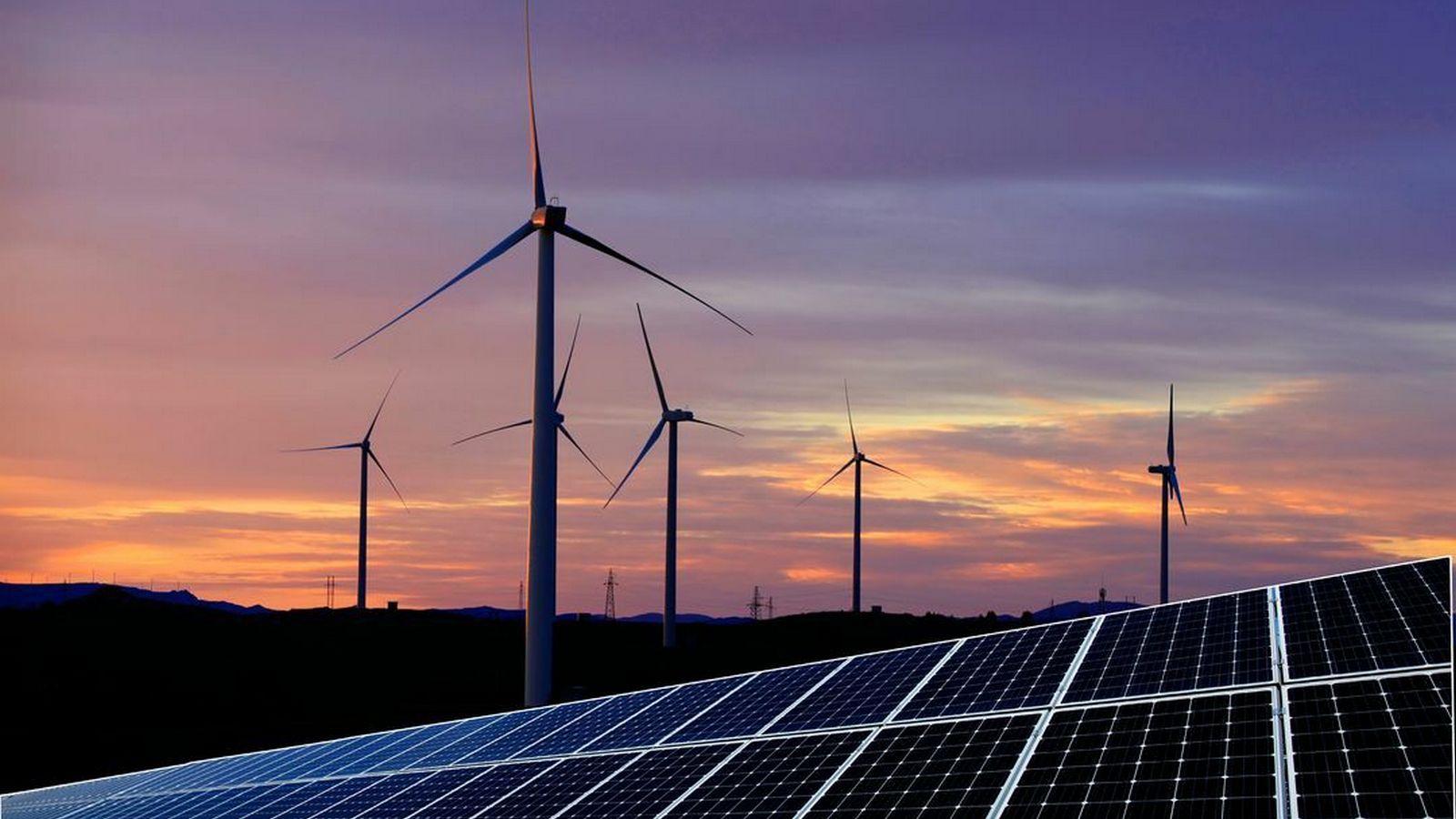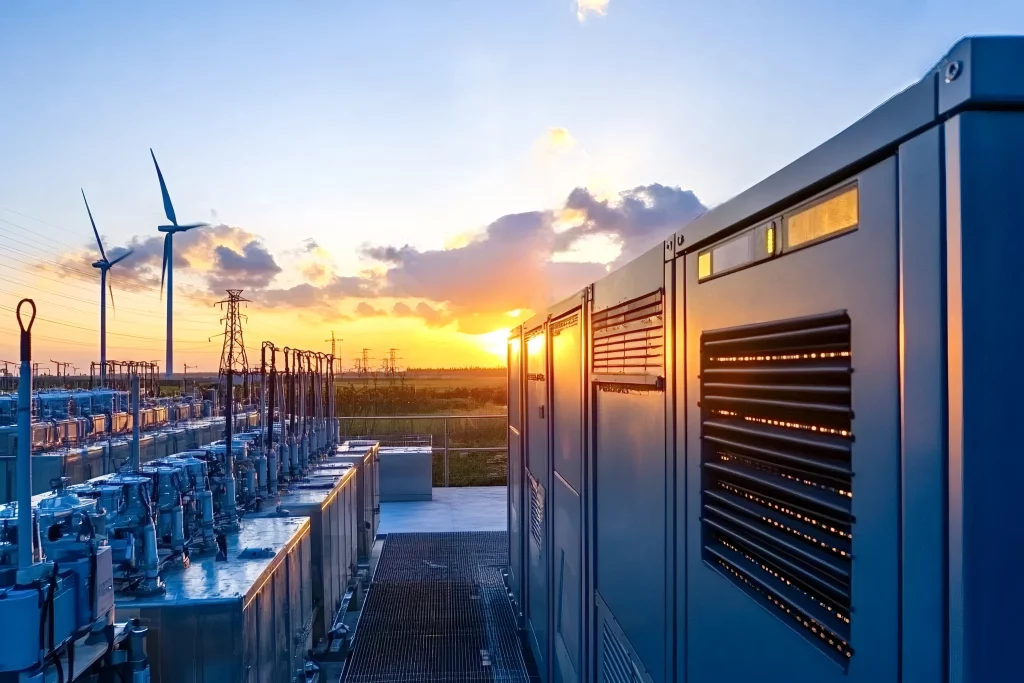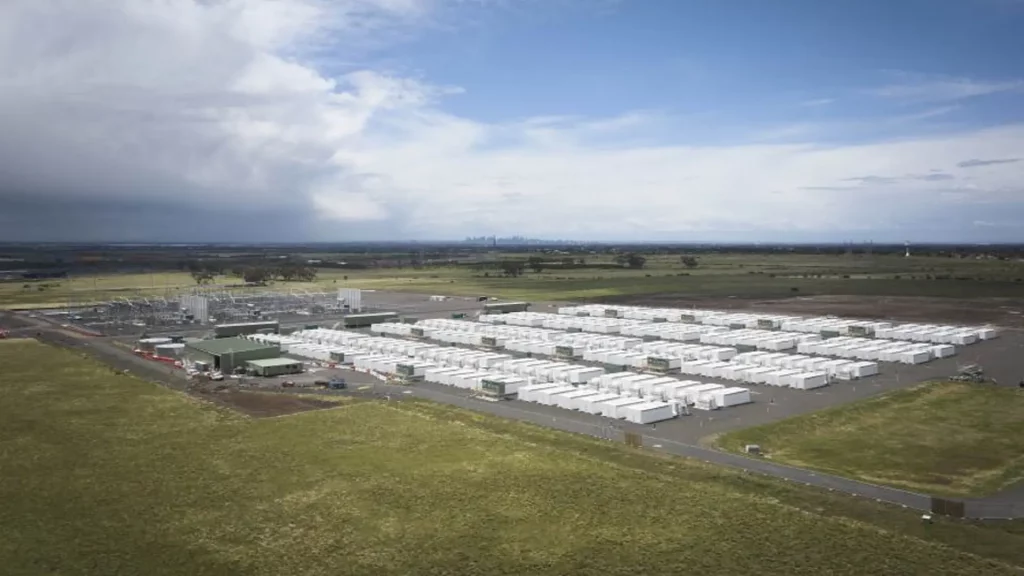
In 2025, energy production from renewable sources could add more than 250 GW of capacity
05.11.2024According to the detailed report “Energy Outlook 2025”, presented by the UWEA, significant changes in the energy sector are expected in the world to reduce emissions, strengthen energy independence and adapt to an unstable political climate.
The global energy sector is facing difficult challenges: weak economic growth is holding back energy demand, which is projected to grow by only 1.6% in 2025, which is especially true in Europe. Meanwhile, renewable energy production is set to reach a record high with the addition of more than 250 GW of new wind and solar capacity – much of this growth will come from China, which is investing heavily in the green sector.
The report emphasizes that in Europe, energy demand will remain almost static in 2025 and may even decline by 2026, driven by the economic downturn and ambitious measures and policies to increase the share of renewables introduced in the wake of the 2022 energy crisis. This makes the development of renewable energy even more urgent, as “green” sources are not only an environmental need, but also a strategic tool for strengthening energy security in the face of international instability.
It is important to note that although rising inflation and infrastructure problems pose certain obstacles to the development of wind energy, most countries support the sector through government programs and investments, such as the Inflation Reduction Act in the US and the Net Zero Industry Act in the EU. According to analysts, reducing dependence on fossil fuels is becoming especially important amid unpredictable geopolitical risks, such as conflicts in the Middle East and the war in Ukraine, which seriously affect the stability of the global energy market.
The report also shows that renewable energy sources, such as wind and solar installations, will gain a strong foothold in the global market by 2025. However, it also points out risks to the sector, including high interest rates, a lack of infrastructure to connect new projects, and uncertainty about the global geopolitical environment, which could affect the stability of energy prices and supply chains.
Oil prices are expected to remain volatile due to the geopolitical situation, but will reach an average of $77 per barrel in 2025, which may be due to increased production in some countries, such as the United States. At the same time, oil consumption in Europe will continue to decline. At the same time, the demand for natural gas in the region will also decline as the share of renewable energy sources in electricity production is steadily increasing, ensuring a more stable and environmentally friendly energy system.
Thus, the development of wind energy in Ukraine meets both economic and environmental needs, as well as overall security. Supporting this sector will not only help reduce the carbon footprint, but also strengthen energy independence in the face of rising international instability.
Become a member of 100 RE UA
Switching to 100% renewable energy in Ukraine is possible!




